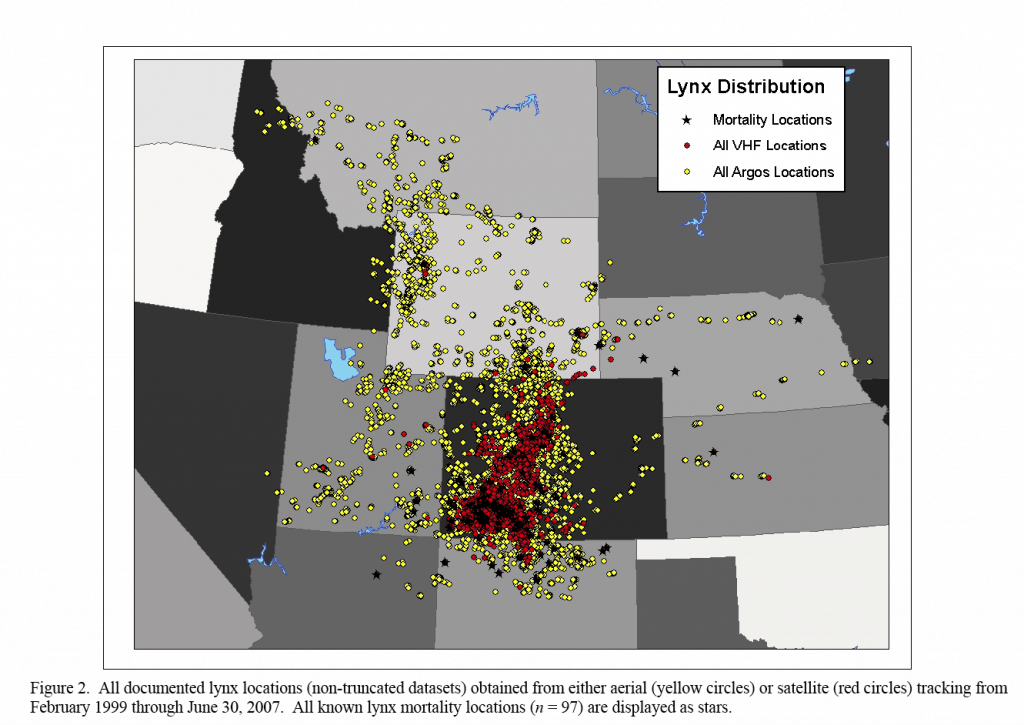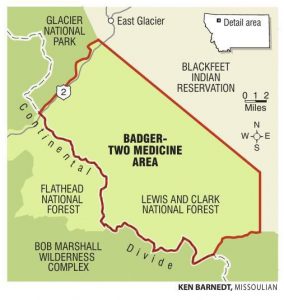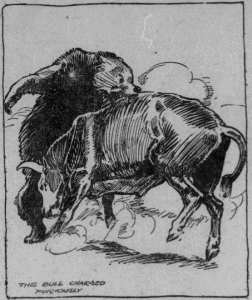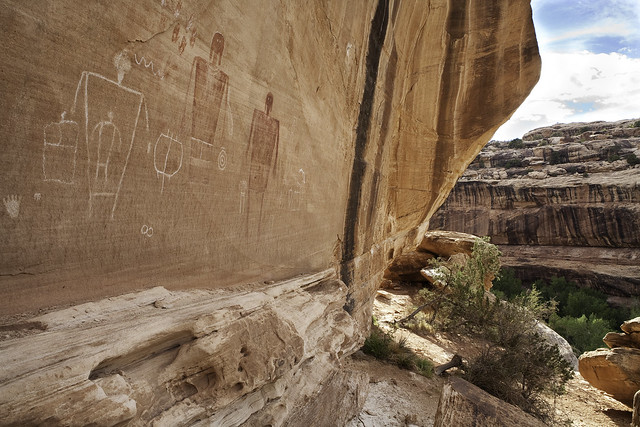Litigation Weekly March 9
After a remand to correct NEPA deficiencies, the court upheld the Smokey Project on the Mendocino National Forest and dissolved the prior injunction against removing trees 2o” in diameter or greater. (E.D. Cal.) The prior decision in this case was addressed here. (See below for more details.)
After two remands to address lynx and grizzly bear issues with biological opinions, the Ninth Circuit upheld the Gallatin National Forest decision on the Lonesome Wood 2 project to reduce the threat of wildfire, and dissolved the prior injunction. (D. Mont.) (See below for more details.)
(Update.) The Ninth Circuit denied the government’s request to dismiss a case filed by twenty-one young plaintiffs against the United States, the President, and various Executive Branch officials and agencies, alleging that the defendants have contributed to climate change in violation of the plaintiffs’ constitutional rights. (9th Cir.)
(New case.) Plaintiffs challenge the use of a categorical exclusion for the Spear Creek Roadside Hazard Tree Mitigation Project along 23 miles of road in the Giant Sequoia National Monument. (E.D. Cal.) A related case involving the same issues on the same fire was discussed here.
Blogger’s comments on Conservation Congress v. USFS
This case addresses some of the scientific questions about northern spotted owls and fire that have been debated on this blog. There were two desired outcomes for the project area. One was to retain NSO foraging habitat, defined as at least 40% canopy cover. The other was to reduce the mortality from future fires under 97th percentile weather conditions to 25% (using the Forest Vegetation Simulator model). The proposed action, without diameter caps, was the only alternative where trees can be thinned evenly across all size class clumps: “the ability to remove some larger trees allows the Proposed Action to achieve reduction of canopy fuel hazard in the hard-to-replace larger size class clumps, and to retain canopy cover in the smaller size class clumps, both of which comprise the foraging habitat within the commercial thin units.”
Plaintiffs questioned the use of the 97th percentile because it differed from the 90th percentile used in the Forest’s “Late Successional Reserve Assessment.” The court found that the Forest had adequately explained its rationale: “the higher percentile accounts for climate change and the 97th percentile conditions were judged to approximate 90th percentile conditions over the life of the Project (20 years).”
The court also examined the basis for the requirement imposed by the Forest on the project that after treatment the potential mortality from future wildfire not exceed 25%. The “Late Successional Reserve Assessment” had stated that this limit on future mortality was necessary to “maintain late successional habitat.” The court agreed with the Forest Service interpretation that this did not need to include the effects of thinning, so the combined effect of thinning and future fires could therefore exceed 25%. The Assessment did not consider additional effects of thinning, so I think this is a case where the court gave the agency too much deference, and the Forest Service interpretation was arbitrary and capricious.
The court also identified a problem I have seen a few times – there are conflicting factual statements in the NEPA document and biological assessment and/or biological opinion. This required the Forest to retract and clarify statements as part of this remand.
Blogger’s comments on NEC v. Krueger
The court rejected the Forest Service position it characterized as “Forest Plan ‘goals’ are merely aspirational and thus impose no obligations on USFS,” citing other language in the plan that indicates the intent was more than “ a mere preference.” This should have implications for the application of the 2012 Planning Rule, in which desired conditions are similarly “aspirational,” but also given significant weight through the Rule’s consistency requirement and elsewhere. Nevertheless, the court held that, although it could imagine projects that would be incompatible with the goal, “the Council does not allege, and has offered no evidence to suggest, that Lonesome Wood 2 is such a project.”
The court examined a master’s thesis about lynx habitat requirements that had been produced after the lynx conservation strategy was amended into the forest plan, and which plaintiffs argued invalidated reliance on the provisions of the lynx amendment. Regarding this new scientific information the court, held:
“In light of the deference that we owe to the agency’s expertise, and in light of FWS’s site-specific BiOp analyzing the effect of Lonesome Wood 2 on the Canada lynx, we disagree. We decline to overrule the Forest Service’s determination that Ms. Kosterman’s thesis does not require it to reevaluate its approval of the project.”
“Ms. Kosterman’s thesis will undoubtedly prove significant in the consultation process concerning the Lynx Amendments, including the WUI exemption, that has been reinitiated and is now underway pursuant to our decision in Cottonwood. Indeed, Regional Forester Marten acknowledged this in her letter when she wrote, “[W]e fully recognize the importance of [Ms. Kosterman’s] study and its implication for improved management direction.” If the Forest Service fails to give Ms. Kosterman’s thesis its due in the reinitiated consultation process, the Council will have an opportunity, in appropriate proceedings, to challenge that process and its result.”
Stay tuned.








